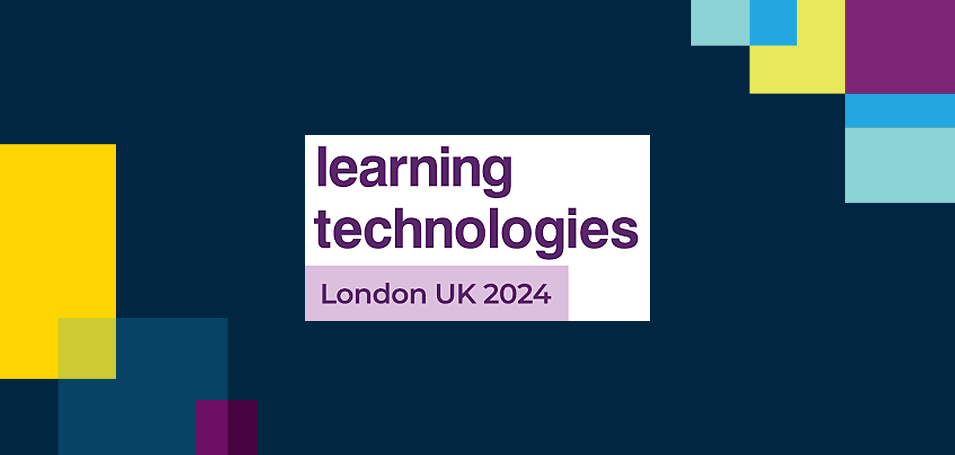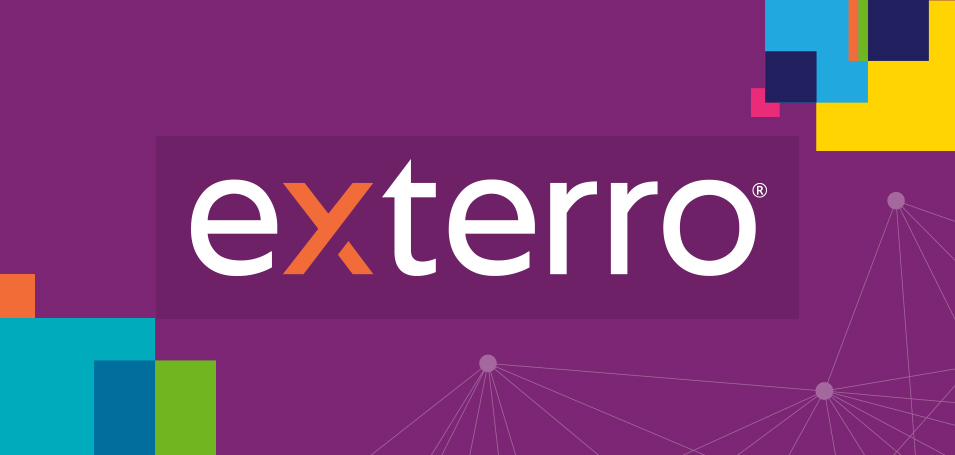Moving your customer education from being a cost-center to a profit center is one of the most important steps in the maturity of your team, as ultimately, your c-suite is waiting for you to showcase how you add value to the organization.
Over the years, I’ve heard so many misconceptions around monetizing training content, many of which are holding today’s customer education teams back from making a success of adding revenue streams to the business. Let’s look at some of the most popular and persistent myths, and break down the truth about monetizing customer education.
Myth #1: You can’t start monetizing training content immediately
I believe that monetizing training should be core to your strategy from day one, and that there’s no such thing as “the right time” to start adding revenue streams from your content.
The chances are, you already have content in your arsenal that your customers would be willing to pay for. Some of it may need to be redesigned, repackaged or repurposed, but the material exists in one way or another. Look at your 1:1 meetings with your customers and consider the value that you’re providing. If you can repackage this ad-hoc or informal training into a live Zoom session, a collection of on-demand videos, a repeatable VILT course, customized or in-person ILT, or even a full-blown learning path or certification – why wouldn’t you?
Once you make this happen, the revenues start rolling in pretty fast. You can charge between $99 and $3,000 per person for ILT or VILT courses, depending on the length, topics, target audience, and purpose of the course. Private or customized training on-site can be priced anywhere from $6,000 to $15,000 per day, which organizations will think of as a few hundred dollars per person. Workshops at conferences or roadshows can earn you between $3,000 and $6,000 per event, while company-wide or individual subscription models or training credits can be upsold at the point of sale or tacked on at a later date for thousands of dollars per year. You might also choose to bundle your learning content into certifications or individual learning pathways that work for particular personas. Don’t feel overwhelmed by your options; there’s no right way to start your monetization journey. Pick one approach, a handful, or try them all – just get started.
Myth #2: Customers won’t pay for training
The truth is, where there is value, customers are willing to pay. Remember that your customers already pay for a subscription to your software. They might also lay out for premium support or a professional services function or maybe for additional modules of the product. Your training provides just as much value, so why wouldn’t they pay?
Often, the exercise isn’t ‘fee vs free’, it’s working out which customers will find value with what approach. When people ask me, “Should my content be free, or paid?” I say… yes! In many ways, monetizing training often becomes a customer segmentation strategy. Some customers will want to see a discount or a coupon, a special offer that they’re eligible for which no-one else can take advantage of. You’ll also have customers who expect to pay top dollar, and would be offended or turned-off without a reassuringly expensive price tag that tells them this training is worth their time. In the middle, you might find customers who need to see the price offset elsewhere, such as reducing their reliance on premium support. Your monetization strategy needs to appeal to customers across the spectrum.
One approach is to take the same topic and offer it in varied delivery methods. Create a VILT course, then offer it on-site or customized at a higher cost, or as on-demand videos at a lower cost, representing the difference in value. Be transparent that it’s all the same core content, just packaged differently, with the added value of customization or face-to-face instruction for the white-glove delivery method. This can help your customers to self-select the kind of education they’re looking for, giving you a better idea of who your customer is and what they need.
Myth #3: There’s a right and wrong way to approach monetizing education
My philosophy is that any strategy is a good strategy, depending on your company and where you’re heading. Sit down and plan a roadmap that starts today and includes a 3 or a 5-year plan.
This should be a function of two things. First, what are you capable of doing? If you’re not yet capable of selling training online, perhaps you can’t accept payments or you don’t have the back-end technology – then start with free content, or in-person training offerings. Build into your roadmap that you plan to expand your online training alongside business or technical capabilities. Second, what is the customer demand? Early adopters and smaller companies are more likely to want to figure it out alone, so on-demand offerings might suit their needs better, while enterprise customers or late adopters will put greater value on training and support – and may be looking for customized or in-person training for their teams.
Myth #4: Pricing educational content by its value is too complicated
Many customer education teams stick to cost-based pricing, where they take the cost of building the education content, tack on a set margin, and make that the price tag for their training. While this is simple to do, it doesn’t let you benefit from the value you’re offering to the customer. Ask yourself, can a customer put your certification course on their CV or their LinkedIn profile, and get attention from a recruiter for a higher-wage position? If they can get a $10,000 raise, it’s very likely that they would be happy to spend $500 on the course. Can a manager train their team with an ILT/VILT course to get more out of a million-dollar software subscription? If so, what is that worth to them?
This kind of value-based pricing is a harder process, and it might take some market research and estimation, but it’s a lot more beneficial in the long-run, and the potential for scale and margin is much greater. It also builds on itself in a circular way, allowing you to get a sense of whether you’re accurately estimating the value of what you’re offering. Cost-based pricing only tells you that you’re making a profit on what you’ve created. However, if you charge $1,000 for a training course based on your perception of its worth, and the uptake is low – perhaps the certification isn’t as important to customers as you first thought. This kind of insight can be incredibly valuable, not only for Customer Education teams but also for Product, Support or Marketing teams to inform their next steps.
Myth #5: You need to stick to a set pricing strategy
Testing different pricing strategies is smart! Think about the local greengrocer who puts one box of oranges outside the front of the store for $0.98 a pound to draw customers inside, and another identical box inside at $1.28, for those who are already invested in purchasing. The same psychology applies for training content, and there’s no shortage of options for pricing strategies to trial. Think about sales, discounts, seasonal specials to align with ‘use it or lose it’ budget decision-making, volume discounts, or even buy-one-get-one-free offerings.
Consider trying out-of-the-box strategies such as creating a product that you’re not prepared to deliver, pricing it off the charts so that people opt for the next option down, which is in reality the high-end choice. Similar to asymmetric domination, the decoy choice is never meant to be purchased, but it nudges your customer towards your ideal option. If you have the infrastructure, you can run A/B tests to see which strategies work best and get the most people to checkout.
Grab the confidence to turn customer education into a powerful revenue stream
If any of these myths are holding you back from turning training into profits – it’s time to throw uncertainty off your list of excuses. There are so many ways to be successful monetizing customer education, pick a starting strategy and dive in!
Interested in learning more about how to make monetization part of your customer education strategy from the starting line? Our CEO, Barry Kelly talks about strategies for selling learning content in this webinar.



